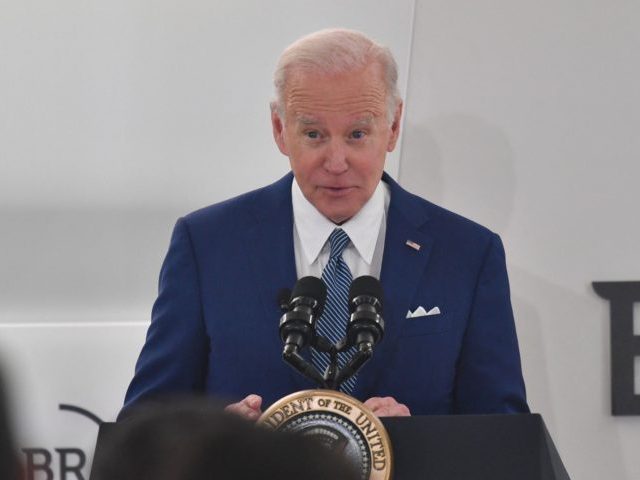Inflationary pressures rebounded in the U.S. central Atlantic region in March after easing back a bit in February, according to a survey from the Federal Reserve Bank of Richmond released Tuesday.
Prices charged by manufacturers in the Fifth District rose by a seasonally adjusted 9.16 percent over the past twelve months, up from the 8.77 percent annual gain recorded in February. This is the fourth-highest ever 12-month increase recorded in a series that averaged just 1.52 percent in data going back to 1997.
Manufacturers think prices will continue to rise. Expected price hikes moved up to 5.58 percent over the next 12-months, above the 4.92 percent level in February.
There was some relief for manufacturers on the cost side. Prices paid moved down to show an 11.05 percent rise over the last 12 months, down from 12.27 in February and the fourth monthly decline. Expectations for costs, however, went the other way, moving up to 6.56 percent over the coming year from 5.47 in February.
There was a pickup in manufacturing activity in the month, likely reflecting the retreat of the omicron variant that held back the economy in January and February. The composite manufacturing index increased from a score of one in February to 13. Economists had forecast zero, according to Econoday. The three components of the composite index–new orders, employment, and shipments–all improved.
A positive reading indicates that factory activity expanded over the month.
The new orders index climbed to 10 from minus three the previous month. The employment index rose to 23 from 20. The shipments index jumped from negative 11 to positive nine.
Supply chain problems persist. The vendor lead time index continued to be high, indicating that most manufacturers were still reporting growing lead times. The index for both finished goods and raw materials inventories remained low–a condition manufacturers expect will continue for the foreseeable future.
The index is compiled by surveying manufacturing firms in the Fifth Federal Reserve District, which covers the District of Columbia, Maryland, North Carolina, South Carolina, Virginia, and most of West Virginia.

COMMENTS
Please let us know if you're having issues with commenting.